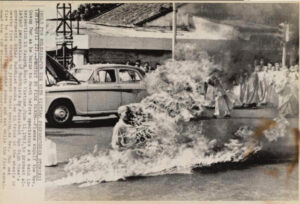
1. There Are No Stop Signs in Paris
Paris has no stop signs. The last one was removed from Quai Saint-Exupéry in 2016. Instead, drivers follow the right-of-way rule.
2. The World’s Largest Art Museum
The Louvre is the biggest museum in the world by size. It began as a fortress, then became a royal palace. Since 1793, it has collected art from around the globe and now draws 7.8 million visitors each year.
3. Why It’s Called the City of Light
I don’t know. One source I found said it is because Paris was one of the first cities in Europe to install streetlights. Another source says the term comes from its role as a center of the Enlightenment in the 17th century.
4. Why the Eiffel Tower Was Hated by Artists
The story is that when the Eiffel Tower was first planned in 1887, many artists hated it. They called it a “giant smokestack.” Gustave Eiffel defended the design, comparing it to the pyramids of Egypt. And today, the Iron Lady is a symbol of Paris.
5. Paris Is Going Green
Paris has around 500,000 trees, thanks to King Henry IV, who started lining streets with them in the 16th century. According to a city planning group, that number will increase to 670,000 by 2026.
6. The Hidden Tunnels
This is crazy. Under the streets of Paris there are 200 miles of tunnels known as the Catacombs. In the 1700s, the remains of six million people were moved there from overcrowded cemeteries.
7. The Eiffel Tower Gets a Fresh Coat of Paint Every Seven Years
If you’ve never taken a ride to the top of the Eiffel Tower, you probably don’t realize what an engineering marvel it is. This is hard to believe, but it’s said that it draws more than 300 million visitors a year. To keep it looking new, workers repaint it by hand every seven years.
8. France Has 12 Time Zones
France spans 12 time zones because of its overseas territories. This gives it the world record for the most time zones of any country.










